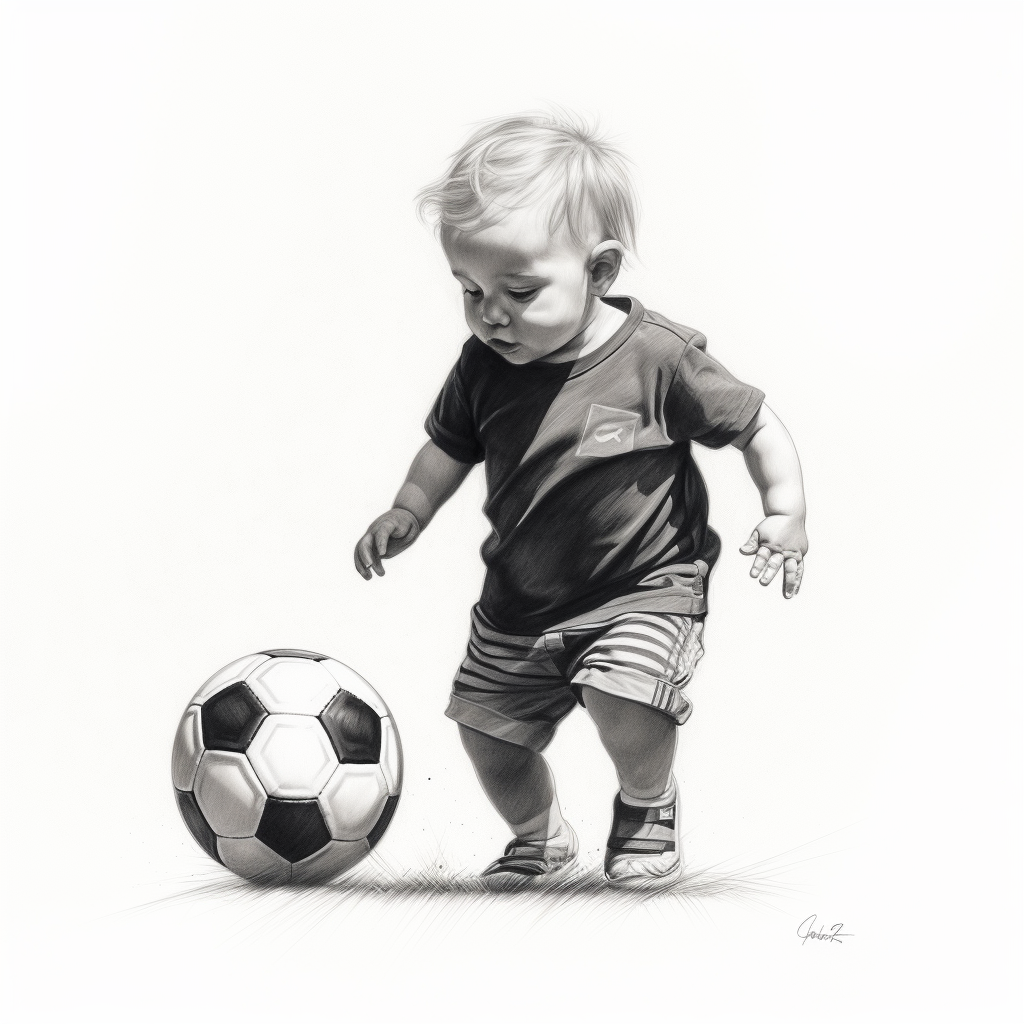
When it comes to soccer, the smallest details can make a profound difference in a player’s journey.
It’s not just about the soccer ball sizes, but what the ball represents in terms of personal growth, skill development, and the pursuit of mastery in the game.
This guide is more than a mere selection tool; it’s a roadmap to aligning your tools with your developmental stage.
Soccer Ball Sizes by Age
The choice of a soccer ball – by size, weight, and age appropriateness – is a pivotal decision in a player’s journey. Here’s a quick overview of the different soccer ball sizes:
Size 1: For the youngest players (3 and under), this small ball is not just a toy, but a tool for mastering control and technique.
Size 2: Ideal for children aged 3-5, this ball bridges the gap between play and skill development.
Size 3: The first step into structured play for ages 5-8, balancing the challenge of a heavier ball with the necessity of skill acquisition.
Size 4: For players aged 8-11, this medium-sized ball represents a critical phase in a player’s growth, preparing them for the rigors of more advanced play.
Size 5: The standard for players aged 12 and up, embodying the culmination of skill development and readiness for competitive play.
Soccer Ball Sizes Explained
Size 1: It’s about introducing the joy of the game, fostering a love for the sport while subtly teaching control and coordination.
Size 2: This stage is critical for developing basic skills, setting the foundation for future growth.
Size 3: Here, the focus shifts to adapting to structured play, honing skills in a more formalized environment.
Size 4: A preparatory phase, bridging the gap between learning and doing, where players start to fine-tune their abilities.
Size 5: The culmination of a player’s journey, where the skills, techniques, and personal growth all come together for the ultimate expression of their soccer ability.
Soccer Ball Sizes Chart
Why Size and Weight Matter: Beyond the Physical
Choosing the right soccer ball goes beyond mere physical compatibility. It’s about ensuring that the player is equipped with a tool that matches their developmental needs. A mismatched ball can impede growth, much like how inappropriate challenges in life can hinder personal development.
Youth Soccer Ball Sizes: A Ball as a Catalyst for Growth
Selecting the right soccer ball is a metaphor for life’s larger journey.
It’s about aligning one’s tools with their stage of growth, ensuring that each step taken is both challenging and achievable.
As you guide your young players in choosing their soccer ball, remember you’re not just influencing their play; you’re shaping their journey towards mastery, growth, and personal excellence.
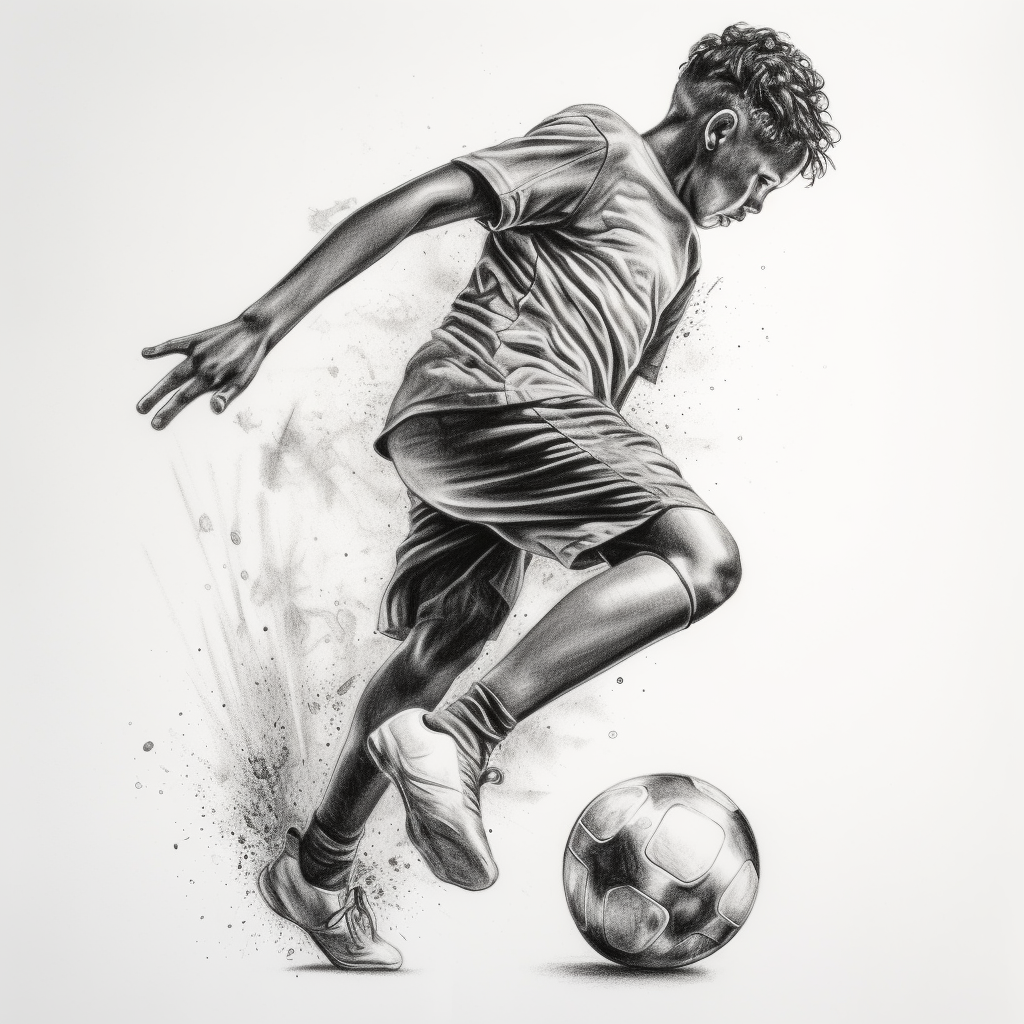
Size 1 Soccer Balls: A Foundation for Future Stars
1. Physical Specifications:
Circumference: Typically, Size 1 soccer balls have a circumference of about 18 – 20 inches.
Weight: They are significantly lighter than larger balls, making them easier for the smallest players to handle.
2. Target Audience:
Age Group: Designed primarily for children aged 3 and under, these balls are ideal for toddlers and very young children.
Skill Level: Perfect for beginners who are just being introduced to the sport.
3. Developmental Benefits:
Motor Skills: For toddlers, kicking and playing with a Size 1 ball helps develop basic motor skills, balance, and coordination.
Sensory Processing: The small size and light weight make it easier for young children to process and respond to the sensory information involved in playing with a ball.
Confidence Building: The manageable size allows young players to gain confidence as they learn the basics of soccer without feeling overwhelmed.
4. Technique and Skill Enhancement:
Technique Training: Beyond the youngest players, Size 1 balls are also used by older players and professionals for technical training. The small size requires more precise footwork and ball control, honing skills that are transferable to standard-sized balls.
Skill Challenges: They are often used in skill drills to improve ball control, dribbling, and touch.
5. Versatility and Fun:
Indoor Play: Due to their small size and light weight, these balls are suitable for indoor play, reducing the risk of damage to household items.
Collectibles and Souvenirs: Many soccer clubs and teams produce Size 1 balls with team logos or special designs, making them popular as collectibles or souvenirs.
6. Role in Early Soccer Experience:
Introduction to Soccer: Size 1 balls serve as an introductory tool to the world of soccer, sparking interest and passion in the sport from a young age.
Parent-Child Interaction: They are also an excellent tool for parents to engage with their children in physical activity, fostering a bond through the shared experience of playing soccer.
In a parent-child interaction, parents can provide customized die-cut stickers to create a reward program for their children. This can help serve as a great motivator for them in the early stages of learning soccer by visualizing the rules of scoring in a soccer game.
7. Long-Term Impact:
Foundation for Future Skills: The skills and enjoyment cultivated by playing with a Size 1 ball can lay the groundwork for a child’s long-term interest and success in soccer.
Encouraging Active Lifestyle: Early positive experiences with a Size 1 soccer ball can encourage a lifelong commitment to physical activity and sports.
In summary, Size 1 soccer balls are much more than mere playthings.
They play a crucial role in the initial stages of motor development, soccer skill acquisition, and the nurturing of a lifelong love for the game.
Their small size and light weight make them an ideal choice for the youngest players, providing a safe and enjoyable introduction to soccer while also serving as a useful tool for more advanced players looking to refine their technical skills.
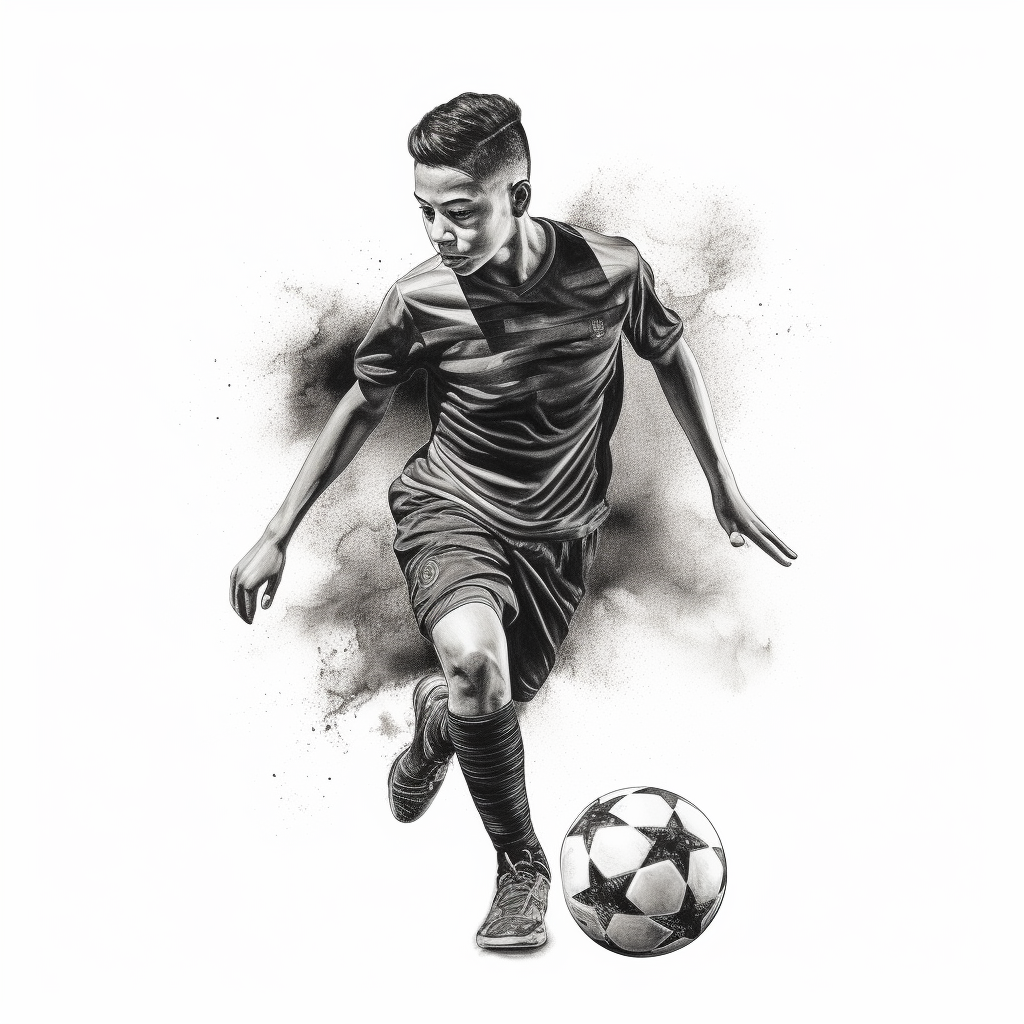
Size 2 Soccer Balls: Bridging Play and Skill Development
1. Physical Specifications:
Circumference: Size 2 soccer balls typically measure between 20 and 22 inches in circumference.
Weight: They are slightly heavier than Size 1 balls, usually weighing between 250 and 280 grams, providing a bit more heft while remaining manageable for young players.
2. Target Audience:
Age Group: These balls are designed for children aged 3 to 5 years old, catering to preschoolers and early school-age children.
Skill Level: Ideal for kids who are transitioning from the basic introduction to soccer to a more structured skill-building phase.
3. Developmental Benefits:
Skill Progression: The Size 2 ball is perfect for building on the foundational skills acquired with a Size 1 ball, helping young players enhance their ball control and coordination.
Physical Development: The slightly increased size and weight challenge young players to further develop their motor skills and strength.
4. Enhancing Soccer Skills:
Training Tool: Beyond its use for children, the Size 2 ball is also employed by older players and coaches for specific training drills focused on improving precision, control, and footwork.
Skill Specialization: The ball’s size demands more accurate dribbling, shooting, and passing skills, fostering a deeper understanding of soccer techniques.
5. Fun and Engagement:
Enjoyable Learning: The Size 2 ball keeps the game fun and engaging for young children, ensuring that learning and skill development happen through play.
Variety of Designs: Like Size 1 balls, these often come in various colors and designs, including club logos and thematic artwork, appealing to the imaginative minds of young children.
Motivation and fulfillment: As with the personalization of the Sizes 3 soccer ball, customizing your child’s soccer medals is a great way to recognize their efforts. Increase their interest, get them more motivated to train, and improve their quest for honor in the game.
Soccer is not just a one-man game, and soccer medals will make them realize the importance of teamwork and develop a great team spirit, as well as motivate them to keep practicing and overcoming any obstacles they encounter in the game.
6. Role in Early Soccer Training:
Stepping Stone: Acts as an essential stepping stone between the very basic Size 1 ball and the more advanced Size 3 ball.
Adaptable for Different Skills: Suitable for a range of activities, from basic soccer drills to more complex skill exercises.
7. Impact on Long-Term Development:
Building Confidence: By providing an appropriate challenge, Size 2 balls help young players build confidence in their abilities.
Preparation for Advanced Play: The use of a Size 2 ball prepares children for the transition to larger and heavier balls used in organized soccer games.
In summary, Size 2 soccer balls are an integral part of a young soccer player’s journey.
They serve as a crucial link between introductory play and more structured skill development.
These balls are specifically sized and weighted to meet the needs of children aged 3 to 5, facilitating a smooth transition in their soccer development.
Their use extends beyond young children, with older players and coaches often utilizing them for specialized training exercises aimed at improving technical skills.
The Size 2 ball represents both a tool for skill enhancement and a source of fun, fostering a love for the game while preparing young players for future challenges.
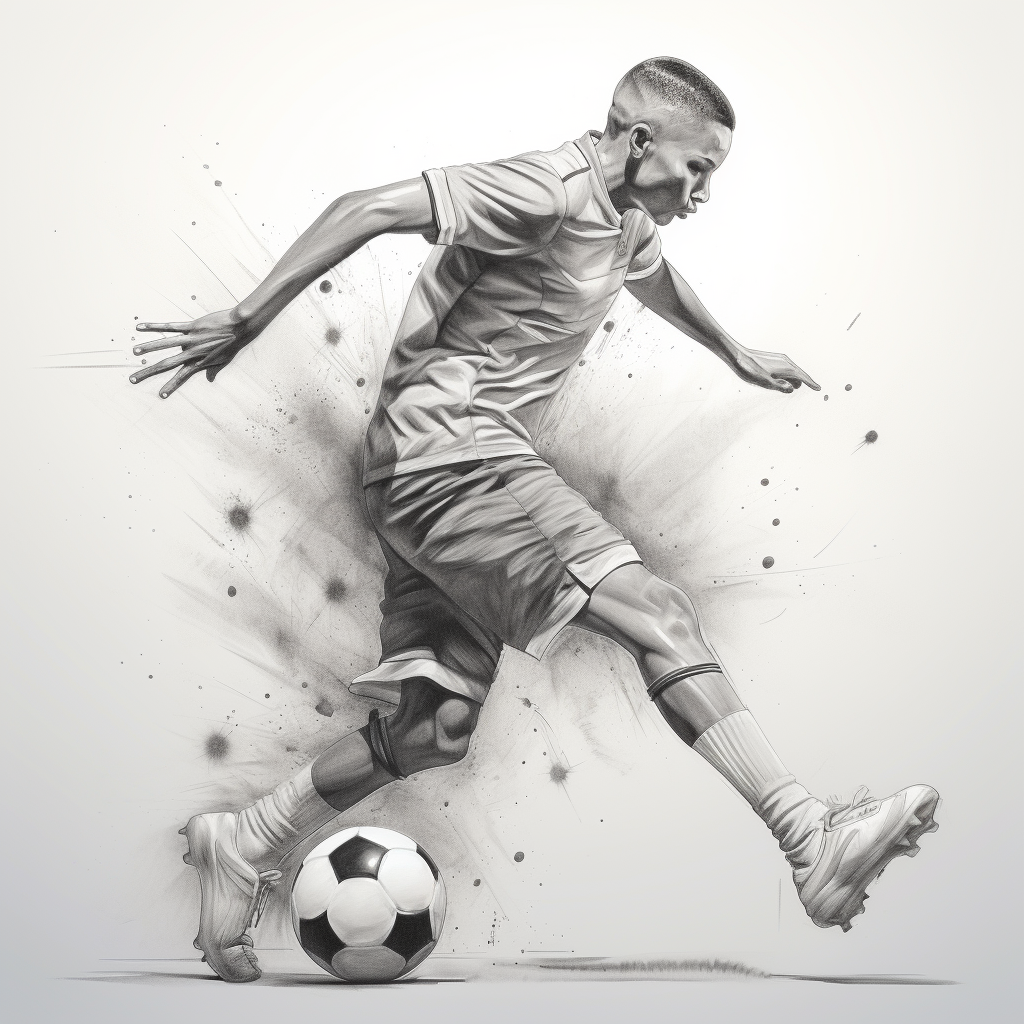
Size 3 Soccer Balls: The Gateway to Structured Soccer Play
1. Physical Specifications:
Circumference: Size 3 soccer balls have a circumference of about 23 to 24 inches.
Weight: They weigh between 300 and 320 grams, offering a more substantial feel compared to smaller sizes.
2. Target Audience:
Age Group: Designed for children aged 5 to 8 years, these balls cater to early school-age children who are beginning to engage in more formalized soccer activities.
Skill Level: Suitable for young players who have mastered the basics and are ready to step into more structured play.
3. Developmental Benefits:
Skill Advancement: The Size 3 ball is instrumental in transitioning young players from basic skills to more complex soccer techniques.
Physical Adaptation: The increased size and weight challenge players to improve their strength and coordination, essential for their overall athletic development.
4. Enhancing Soccer Skills:
Match Preparation: This ball size is the first that’s used in official matches for younger age groups, making it a critical tool for real-game preparation.
Technical Improvement: Focus on technical skills like dribbling, passing, and shooting becomes more pronounced with the Size 3 ball, as it demands greater precision and control.
5. Fun and Engagement:
Enjoyment in Learning: The ball’s size ensures that young players enjoy their soccer experience while learning, striking a balance between challenge and fun.
Design and Appeal: As with smaller sizes, Size 3 balls often feature attractive designs and club logos, maintaining the visual appeal for young players.
6. Role in Early Soccer Training:
Transitioning Tool: Serves as a transitional tool, bridging the gap between informal play and organized soccer matches.
Adaptation to Match Play: The ball’s size and weight mirror those used in youth soccer competitions, helping players adapt to the conditions they’ll face in matches.
7. Impact on Long-Term Development:
Confidence Building: Mastery of the Size 3 ball builds confidence in young players, setting a foundation for their future soccer endeavors.
Foundation for Advanced Skills: The skills developed with this ball are critical for later stages, as players move on to larger balls and more competitive play.
In essence, Size 3 soccer balls play a pivotal role in the journey of young soccer players.
They mark the transition from playful experimentation to the foundational stages of competitive soccer.
These balls are tailored to fit the physical and skill requirements of children aged 5 to 8, facilitating a crucial phase in their soccer development.
The Size 3 ball not only aids in skill enhancement but also ensures that young players continue to find joy and excitement in the game as they progress.
Its use in structured training and youth matches makes it an essential component in preparing young athletes for the challenges and opportunities of the sport.
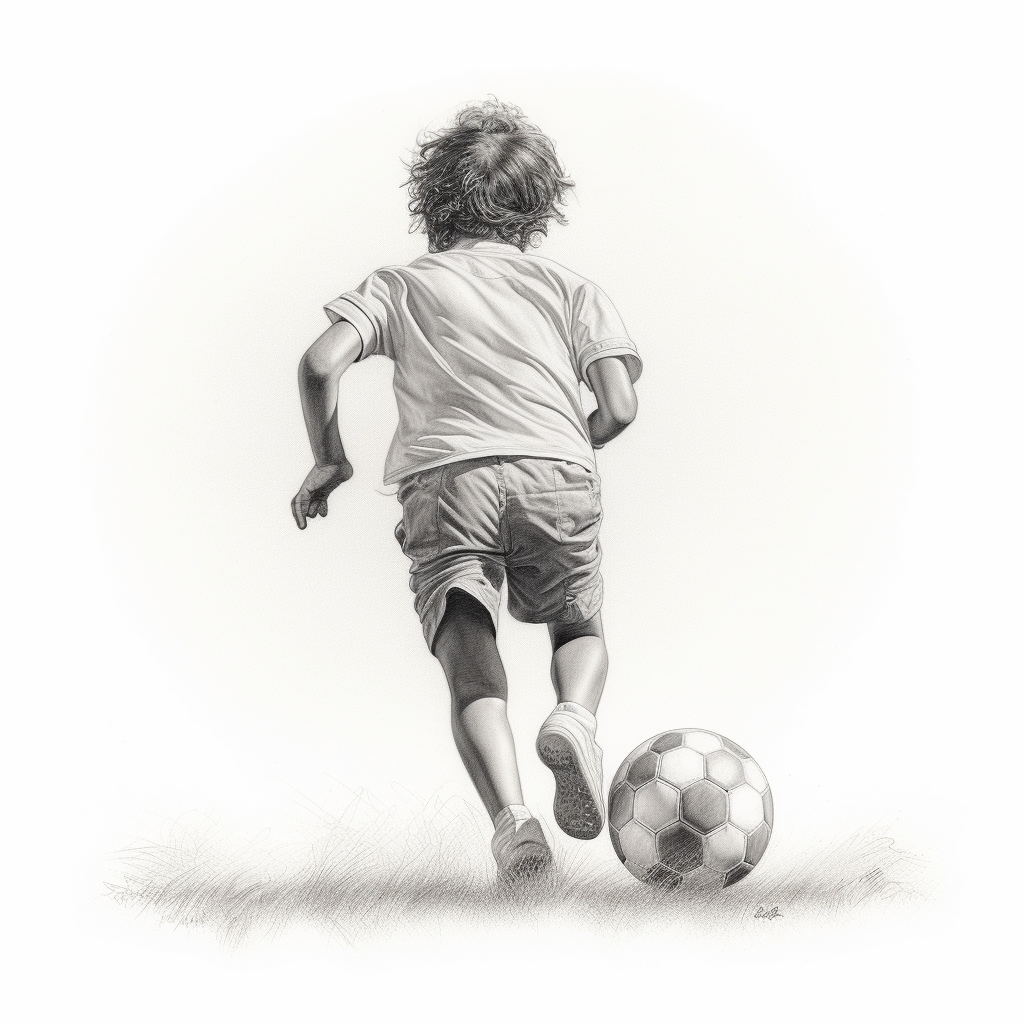
Size 4 Soccer Balls: The Crucial Step in Youth Soccer Development
1. Physical Specifications:
Circumference: Size 4 soccer balls typically measure between 25 and 26 inches in circumference.
Weight: They weigh about 350 to 390 grams, offering a closer feel to the standard adult-sized balls but still manageable for younger players.
2. Target Audience:
Age Group: These balls are designed for children aged 8 to 11 years, a critical period in youth soccer development.
Skill Level: Ideal for players who have developed foundational skills and are progressing towards more advanced play.
3. Developmental Benefits:
Skill Transition: Size 4 balls represent a key transitional phase, preparing young players for the eventual switch to full-sized soccer balls.
Physical and Technical Growth: The slightly larger size and increased weight demand and foster greater physical strength, technical skill, and coordination.
4. Enhancing Soccer Skills:
Match Readiness: Used in matches for players in this age group, these balls help in acclimatizing young players to conditions similar to adult soccer.
Technical Precision: Skills like ball control, passing, shooting, and dribbling are honed further, as the size and weight of the ball require more precise movements and better technique.
5. Fun and Engagement:
Balanced Challenge: Size 4 balls maintain the balance between providing a challenge and ensuring that the game remains enjoyable and accessible for young players.
Design Elements: These balls often come in various designs, including team colors and logos, keeping the visual appeal strong for this age group.
6. Role in Youth Soccer Training:
Stepping Stone to Advanced Play: The ball acts as a bridge between junior-level play and the senior levels, making it a crucial tool in a young player’s development.
Preparation for Bigger Challenges: It prepares players for the physical and technical demands of playing with a Size 5 ball, which is the standard in adult soccer.
7. Impact on Long-Term Development:
Building Confidence and Competence: As players master the Size 4 ball, they build the confidence and competence necessary for higher levels of play.
Foundation for Future Success: The skills and physical abilities developed during this stage are foundational for success in competitive soccer at older age groups.
In conclusion, Size 4 soccer balls are an essential component in the development of young soccer players, particularly those in the 8 to 11-year age range.
They serve as a critical link between the early stages of learning and the more advanced aspects of the game.
These balls are specifically designed to accommodate the physical and skill growth of players in this age bracket, helping them prepare for the transition to full-sized soccer in their teenage years.
The use of Size 4 balls in training and matches enables young players to refine their techniques and build the physical strength required for the next level of play, all while continuing to enjoy and love the game.
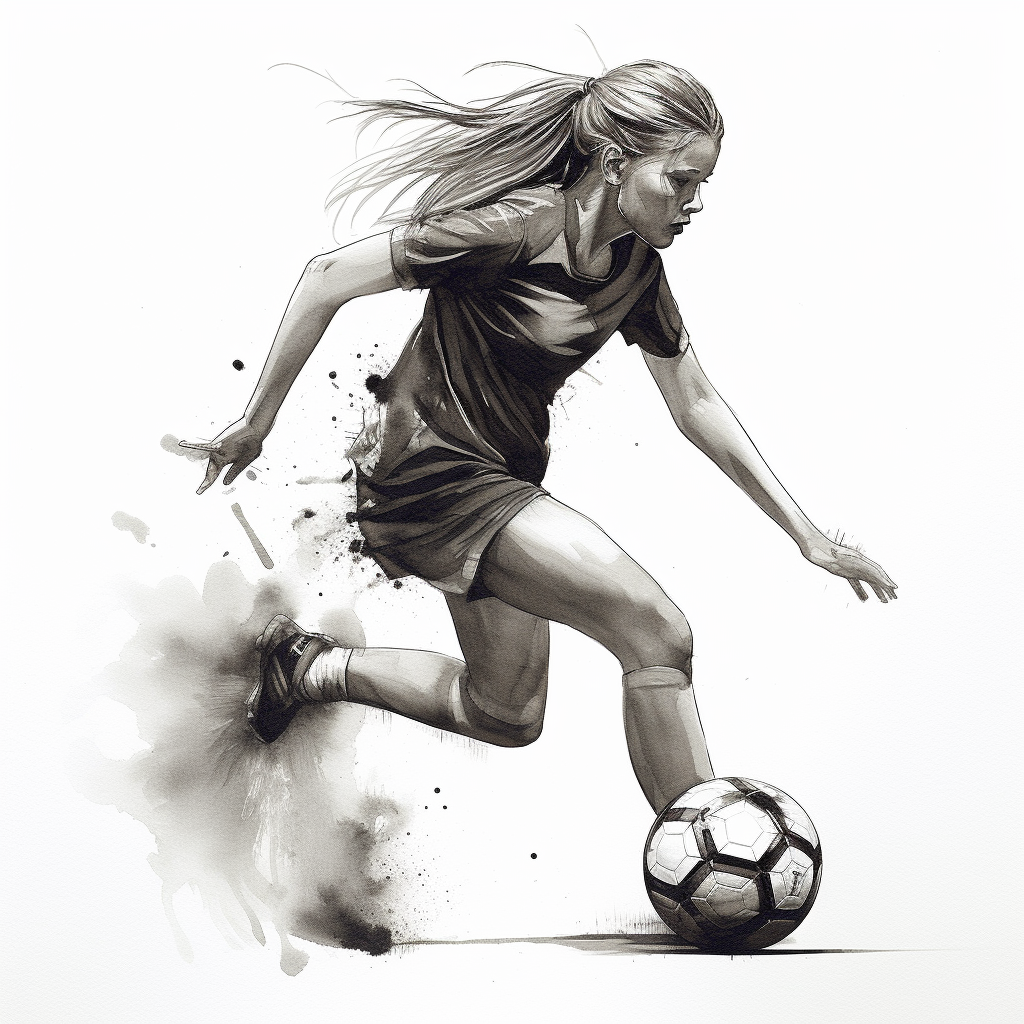
Size 5 Soccer Balls: Standard for Advanced Play and Professional Aspirations
1. Physical Specifications:
Circumference: Size 5 soccer balls have a standard circumference of 27 to 28 inches.
Weight: They weigh between 410 and 450 grams, aligning with the official standards used in adult soccer leagues and international matches.
2. Target Audience:
Age Group: These balls are meant for players aged 12 years and older, including teenagers and adults.
Skill Level: Suitable for advanced players who have already developed a solid foundation in soccer skills.
3. Developmental Benefits:
Skill Mastery: Playing with a Size 5 ball allows players to refine and master their soccer skills at a higher level.
Physical Adaptation: The size and weight of the ball require players to have developed sufficient physical strength and stamina, crucial for competitive play.
4. Enhancing Soccer Skills:
Match Standards: This ball size is used in high school, collegiate, professional, and international soccer matches, making it essential for serious players.
Technical and Tactical Proficiency: The demand for precision, control, and strategic play is heightened with the use of a Size 5 ball, mirroring the challenges faced in competitive soccer.
5. Engagement in the Sport:
Competitive Play: Size 5 balls are integral to the experience of competitive soccer, helping players engage with the sport at a deeper, more committed level.
Professional Aspirations: For those aspiring to play soccer professionally, mastery of this ball size is non-negotiable.
6. Role in Advanced Soccer Training:
Transition to Professionalism: These balls are a staple in advanced training regimes, preparing players for the physical and technical demands of professional soccer.
Standardization: The use of a Size 5 ball standardizes training and matches, ensuring consistency in the player’s experience as they progress through various levels of play.
7. Impact on Long-Term Development:
Culmination of Skills: The use of Size 5 soccer balls represents the culmination of a player’s development journey, bringing together years of skill training and physical conditioning.
Readiness for Elite Competition: Mastery of this ball is a clear indicator of a player’s readiness for elite-level competition, whether in high school, college, or professional leagues.
In summary, Size 5 soccer balls are the quintessential tool for players in the advanced stages of their soccer development.
These balls conform to the official standards of adult and professional soccer, making them indispensable for players aged 12 and above who are serious about the sport.
The use of a Size 5 ball is pivotal in refining technical skills, enhancing physical capabilities, and preparing for the rigors of competitive play.
For aspiring professionals and dedicated players, proficiency with this ball size is crucial, as it represents the standard in high-level soccer competitions worldwide.
The Size 5 ball is not just a piece of equipment; it symbolizes the apex of skill development and the gateway to the highest levels of the beautiful game.
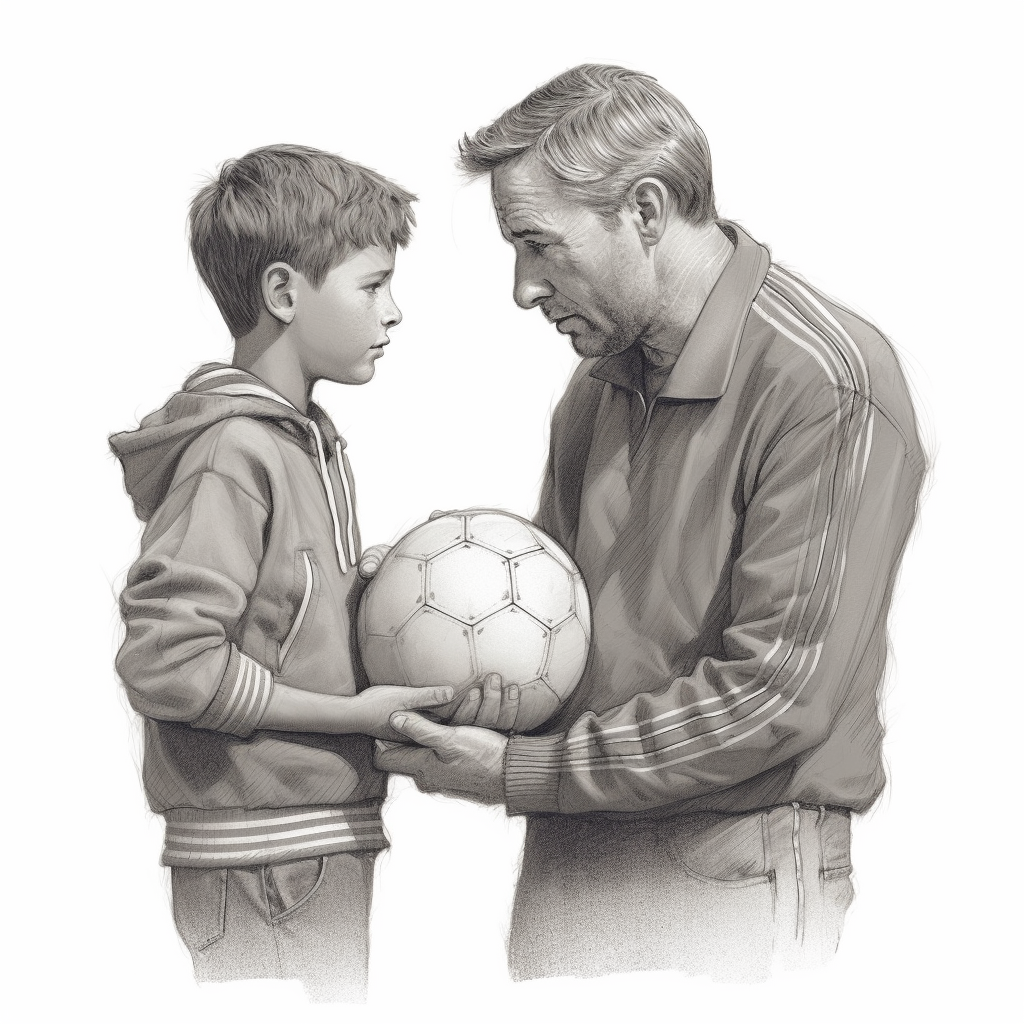
Frequently Asked Questions
How big should a soccer ball be?
For really young kids, like 3 years old and under, a small Size 1 ball is great.
It’s about 18-20 inches around and perfect for tiny feet!
As kids get older, the ball size goes up.
Kids around 3-5 years should play with a Size 2 ball, which is a bit bigger, and then move up to a Size 3 ball when they’re between 5 and 8 years old.
Pre-teens, from 8 to 11, should use a Size 4 ball. Once someone hits 12 years or older, they’re ready for the Size 5 ball, which is what adults and pros use.
It’s all about having a ball that matches the player’s size and skill level so they can have fun and get better at the game.
What is the smallest soccer ball?
The smallest soccer ball is the Size 1 ball. It’s often referred to as a “skills ball” or “miniball” and is primarily used for skill development and training.
With a circumference of just 18-20 inches, it’s perfect for young children, especially those under the age of 3, and is also popular among older players for practicing footwork and control.
Despite its small size, it’s a great tool for players of all ages to improve their soccer skills.
What are the different size soccer ball for different ages?
Choosing the right size soccer ball for different ages is important for both safety and skill development. Here’s a quick guide:
Size 1 (Skills Ball):
Age Group: Suitable for toddlers and very young children, typically under 3 years old.
Use: It’s mainly used as a skills training ball for older players as well.
Size 2 (Junior Ball):
Age Group: Ideal for children between 3 and 5 years old.
Use: Great for beginners to practice basic soccer skills.
Size 3 (Youth Ball):
Age Group: Best for children aged 5 to 8 years.
Use: It’s the standard size for junior soccer matches.
Size 4 (Mid-Size Ball):
Age Group: Suitable for players aged 8 to 11 years.
Use: This size helps in transitioning young players towards playing with a full-sized ball.
Size 5 (Standard Ball):
Age Group: The standard size for players aged 12 years and older, including adults.
Use: Used in high school, college, professional, and international matches.
Remember, the right size ball ensures players can practice and play effectively and safely, according to their age and skill level.
What are the different types of soccer balls?
Soccer balls come in various types, each designed for specific uses, playing conditions, and skill levels. Here’s an overview of the different types:
Match Balls:
Description: These are high-quality balls used in professional and competitive matches.
Features: They are usually made with premium materials, offering better control and a more consistent flight path.
Training Balls:
Description: Designed for practice and training sessions.
Features: More durable than match balls, made to withstand regular use over varied playing surfaces.
Turf Balls:
Description: Specifically designed for artificial turf surfaces.
Features: They usually have a more durable outer layer to resist abrasion from synthetic grass.
Indoor Balls:
Description: Used for indoor soccer games.
Features: They have a different weight and bounce characteristics suited for indoor courts.
Futsal Balls:
Description: Used in futsal, a form of indoor soccer.
Features: They are smaller and have less bounce compared to traditional soccer balls, ideal for the hard indoor surfaces used in futsal.
Beach Soccer Balls:
Description: Made for beach soccer games.
Features: Larger, lighter, and softer than regular soccer balls, making them suitable for playing on sand.
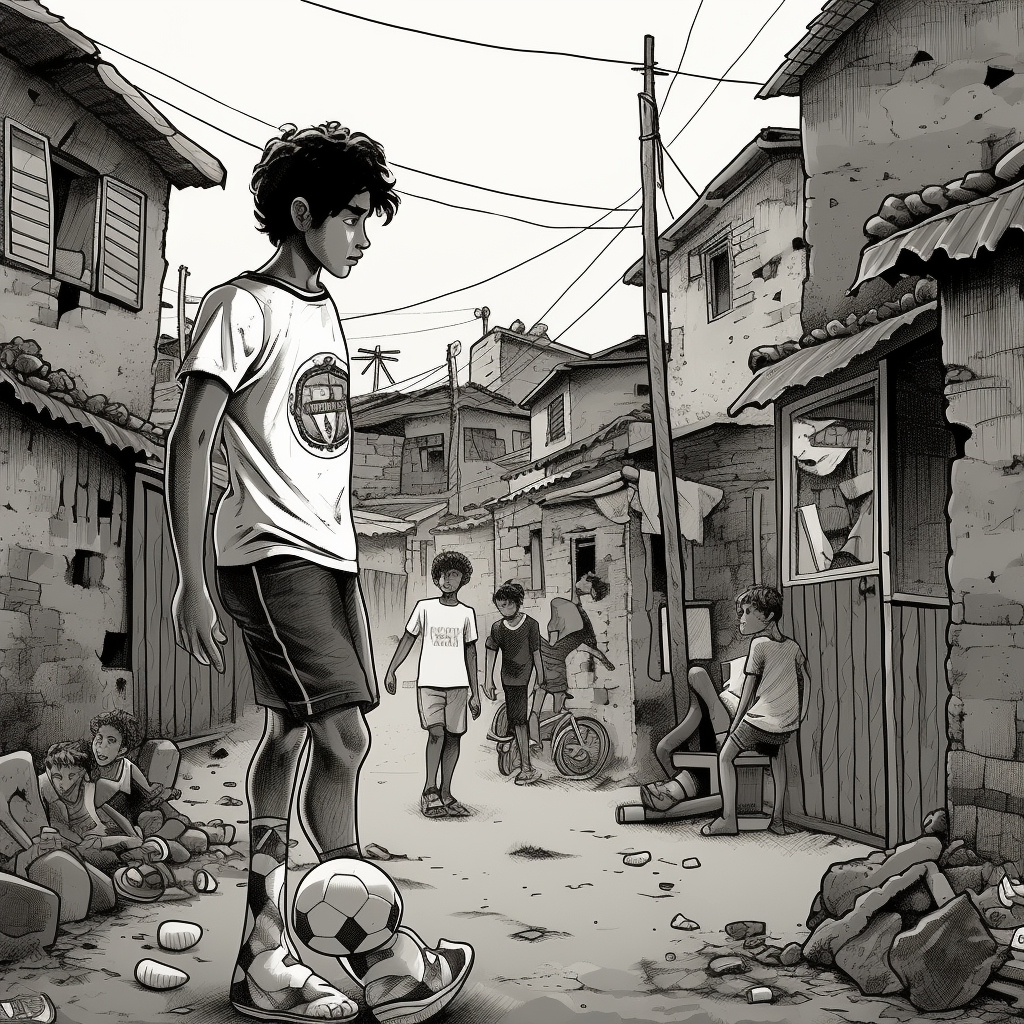
Street Soccer Balls:
Description: Designed for playing on streets or hard surfaces.
Features: Extra-durable to withstand the rough playing surfaces of streets and playgrounds.
Mini/Skills Balls:
Description: Smaller-sized balls (like Size 1) used for skill training.
Features: They help in developing footwork and ball control skills.
Promotional Balls:
Description: These are often custom-designed balls used for promotional purposes.
Features: They may not be suitable for serious play but are great for branding and souvenirs.
Each type of soccer ball serves a specific purpose, catering to the needs of players in different environments and levels of the game.
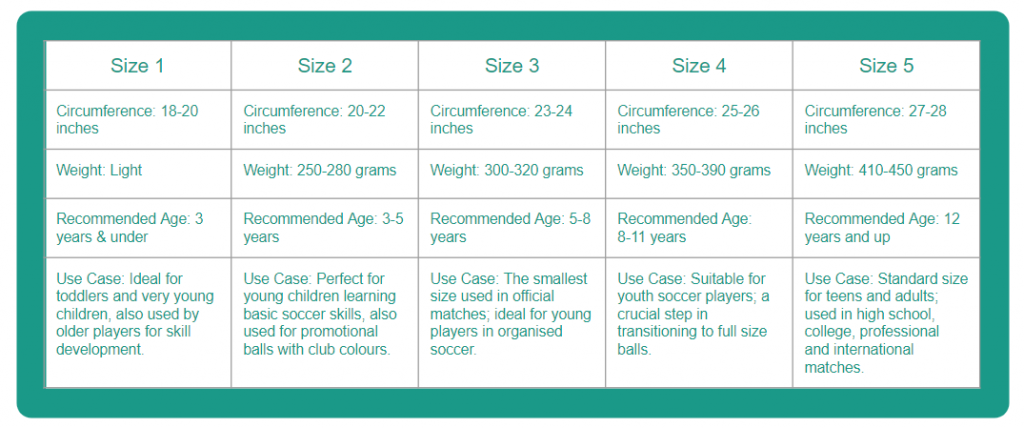
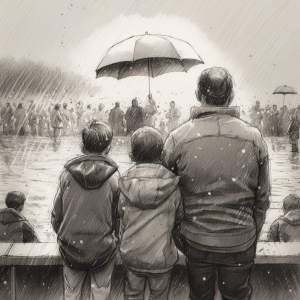

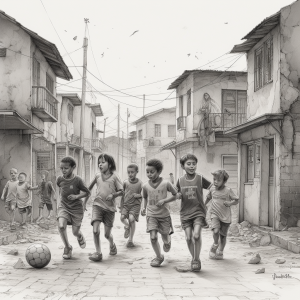
Leave a Reply